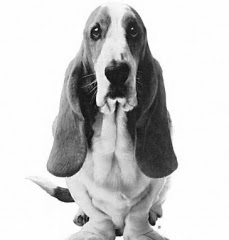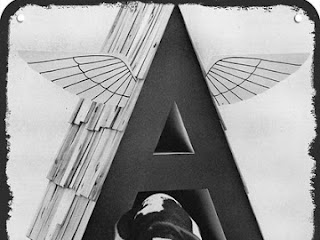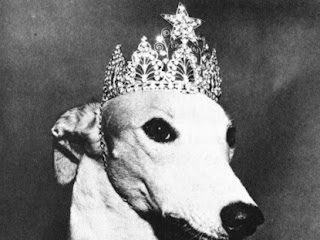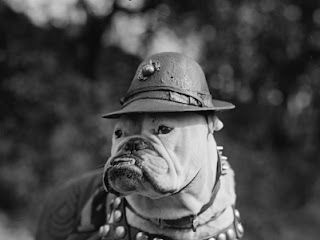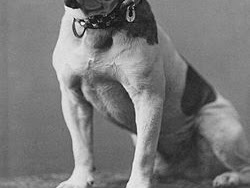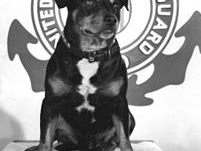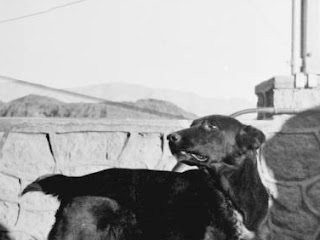The story of how Hush Puppies shoes got their name and how a Basset hound became their mascot begins with an early American food from the south called hush puppies (or hushpuppies).
There are many stories about the origin of hush puppies, a deep-fried cornmeal ball. According to the oldest, they originated in Nouvell Orleans (now New Orleans) around the 1720s and became popular throughout the south. One day, an African cook in Atlanta was frying up a batch when a nearby puppy began barking. To quiet the dog, she gave it a plateful of the fried dough and said "hush puppy." Soon, hunters would hush their hound dogs with the southern cornballs.
In 1958, James Gaylord Muir, the first sales manager of the now famous Hush Puppies shoes, went on a selling trip in the south and heard the story of the food's origin. Because "barking dogs" is another name for sore feet, he thought the name Hush Puppies would be perfect for their shoes - people could "quiet their barking dogs" with their shoes.

